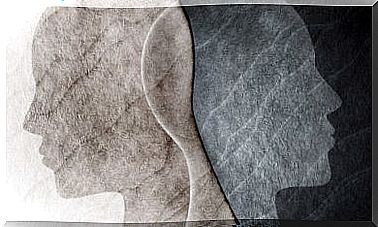Salute To The Sun Step By Step
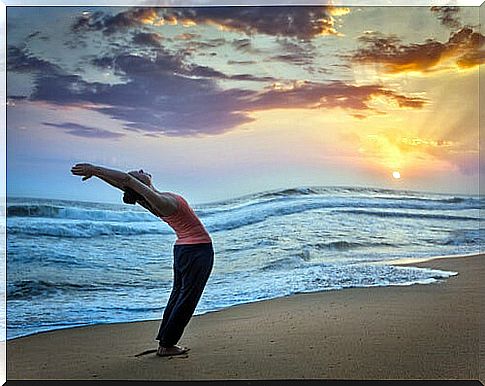
The sun salutation, or Surya namaskar , is a fundamental part of Hatha yoga practice. It is a sequence of 12 movements synchronized with the breath. And it is usually the first exercise that is taught to those who are new to this discipline. It is so popular that there are different variations of it.
This practice is made up of a circular series of movements, beginning and ending in the same position. Some yogis believe that the sun represents the physical and spiritual heart of the world, so greetings to the sun can be interpreted as a way of thanking a new day full of light.
In fact, it is recommended to develop the sun salutation as a ritual in the morning, as it is a great way to wake up with energy and enthusiasm. Among the many benefits derived from it, it stands out that it helps stretch the main muscle groups and calms the mind.
Likewise, studies show that practicing this type of exercise improves body strength and flexibility. At the same time, it is very positive for promoting and improving respiratory and cardiovascular function, as well as reducing stress, anxiety, depression and chronic pain.
I greet the sun step by step
In the sun salutation, each position counteracts the previous one, stretching the body in a different way and alternately expanding and contracting the chest to regulate breathing.
Practiced daily, this sequence of movements allows for great flexibility in the spine and joints. Below you will find the steps you must follow to carry out this complete practice.
1- Namaskar
You start in the mountain pose. The first step should be to stand, with your feet together and your body relaxed. Take in inspiration and as you exhale, bring your palms together at chest level while gently pressing your thumbs against your sternum.

2- Urdhva hastasana
Next, inhale as you stretch your arms up. In turn, keep your back extended with your hips forward. Remember that the palms of the hands should be together.

3- Uttanasana
Exhale as you lean forward, put your head on your knees and stretch your hands toward the ground next to your feet. Try to place your hands as low as your body allows.
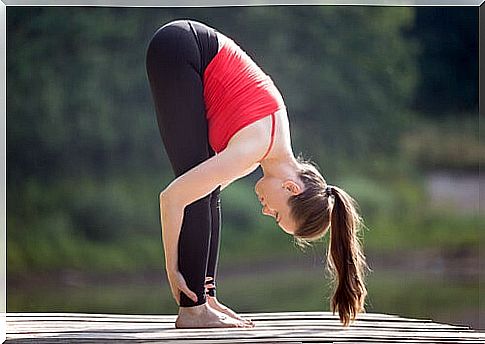
4- Ashwa sanchalanasana
As you inhale, you should bring your left leg back and rest your instep on the ground. Don’t forget to keep your head up and your back straight. The hands should be kept on the ground in this pose.
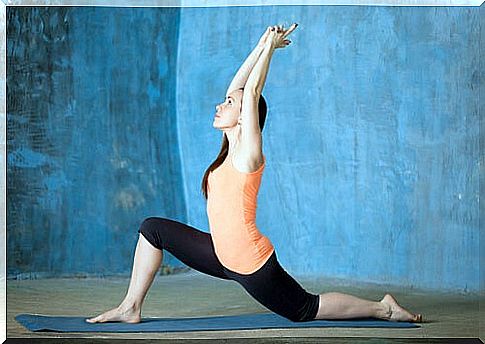
5- Chaturanga
To perform the fifth step, you must hold your breath and bring the second leg back with your arm extended. It has to end up next to the one that was already overdue. Don’t forget that your spine and legs should form a straight line. Before moving on to the next step, breathe, hold your abdomen tight, and hold your breath for 2 seconds.
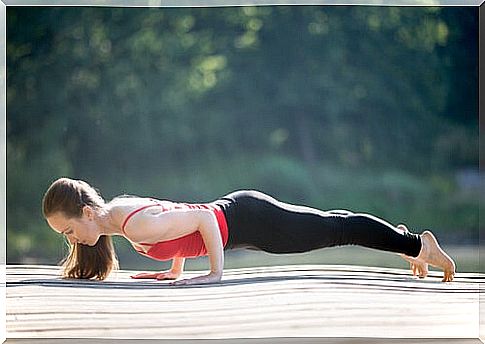
6- Chaturanga dandasana
Exhale bending your elbows and knees down. You should face the ground and slide your body forward while lightly supporting your chest on the ground.

7- Bhujangasana
Inhale as you lift your chest. Your back should arch back while keeping your arms extended. This step consists of keeping your shoulders down, gently arching your back, bringing your head up, and relaxing your legs stretched out on the floor.

8- Adho mukha svanasana
Exhale and bring your body back. Thus, you should be with the palms of your hands and the soles of your feet resting on the floor. Your body would have to form a kind of triangle.
Hold in this position for several seconds, and continue with the next one.

9- Ashwa sanchalanasana
Inhale and bring your left leg forward, relaxing your back. This is the same posture described in point four.
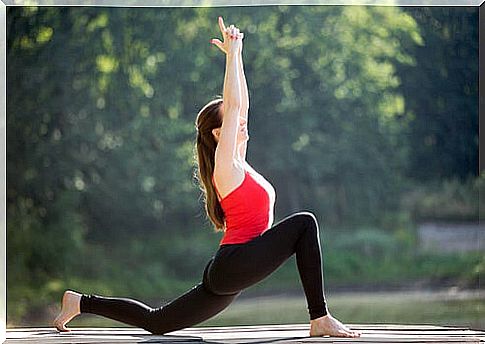
10- Uttanasana
Exhale as you bring your right leg forward and lift yourself off the ground. As in position 3, the knees should be slightly bent and the head between them. Stretch your arms while trying to put your hands on the ground.
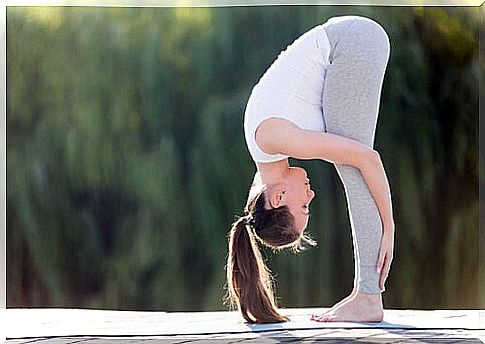
11- Urdhva hastasana
You should inhale by clasping your hands forward and stretching your arms up, leaving them above your head. Next, gently bend your back back, ending in a slightly arched position. This posture is the same as in step two.
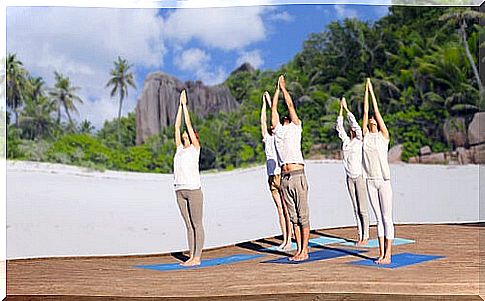
12.- Namaskar
Finally, carry out the exhalation bringing your hands together again to the sternum and return to the first position of the exercise, with the palms of the hands together on the chest. In this way the cycle of greeting the sun is closed. You can repeat the twelve positions as many times as you need to feel the energy go through your body.

Although at first it may seem like a complicated practice, the sun salutation is one of the simplest yoga routines. Try to follow the instructions while you are guided by the images, and you will see how you can do it in record time.

